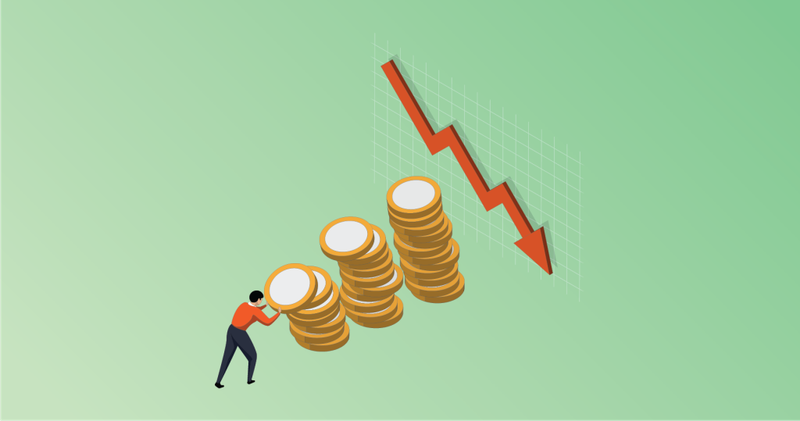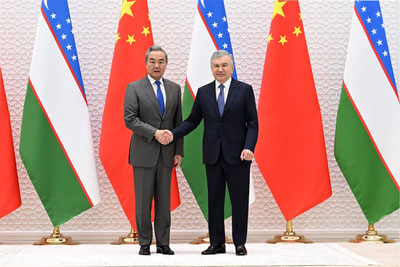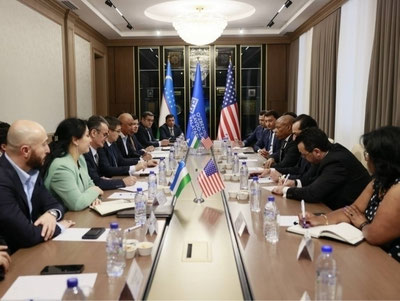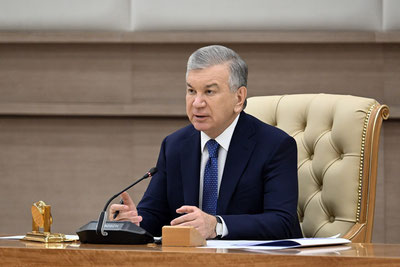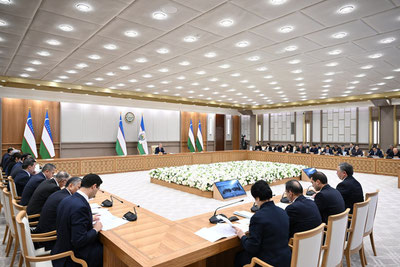Pakistan’s foreign exchange reserves, once a marker of economic resilience, now reflect a fragile system sustained by short-term measures. As of July 2025, the State Bank of Pakistan (SBP) reported reserves of approximately $14.5 billion. While this figure may seem stable, much of it is composed of temporary deposits and emergency inflows rather than durable, self-sustaining economic performance.
Recent reports suggest that the SBP has acquired around $8 billion from open markets, creating an artificial scarcity of foreign currency. This has contributed to a depreciation of the rupee—even amid a current account surplus—highlighting internal contradictions in policy. These measures resemble strategies used by other economies facing similar pressures, where short-term currency stabilization was prioritized over long-term reform, often with adverse consequences.
As of March 2025, Pakistan’s public debt had reached Rs 76.01 trillion, including Rs 24.49 trillion (around $87.4 billion) in external borrowing. The fiscal year 2025–26 began with repayment obligations exceeding $23 billion. Around $12 billion of this comprises temporary deposits from partner countries—Saudi Arabia, China, the UAE, and Qatar. These deposits, while helpful, remain contingent on external diplomacy and are not guaranteed sources of long-term support.
Even if these friendly deposits are extended, Pakistan must still repay roughly $11 billion this year to external creditors, including multilateral institutions and commercial lenders. This persistent dependence on rollovers and emergency financing has created a cycle of vulnerability, where each fiscal year begins with efforts to secure temporary relief rather than advance lasting economic reform.
Underlying the foreign exchange challenges is a broader structural malaise. Large-scale manufacturing has contracted by 1.52 percent, unemployment stands at 22 percent, and 44.2 percent of the population lives below the poverty line. Inflation remains elevated, and currency depreciation continues to erode purchasing power, despite cuts to the policy rate. The economy's core sectors remain under strain, limiting the effectiveness of conventional monetary tools.
Meanwhile, national priorities remain skewed. Defense spending has remained strong, with recent acquisitions such as a $900 million drone deal with Turkey and plans to procure 40 J-35A stealth fighters from China. These investments underscore the persistent focus on defense and regional strategic parity, even as fiscal space narrows. Critics point out that substantial foreign assistance has often supported these sectors, rather than being channeled toward economic development or social programs.
Comparisons with other countries—such as Sri Lanka—have surfaced due to parallels in debt-driven reserves, reliance on remittances, and subdued export competitiveness. In Pakistan’s case, initiatives like the China-Pakistan Economic Corridor (CPEC) offered initial optimism but have since raised concerns around long-term debt sustainability and strategic dependence, particularly in projects like Gwadar port.
The IMF has acknowledged Pakistan’s recent macroeconomic stabilization but warns it remains highly susceptible to both external shocks and internal policy slippage. Key risks include tariff adjustments, global commodity volatility, weakening remittance flows, and political uncertainty. Domestically, pressures to dilute fiscal reforms—through tax breaks or subsidies—could further undermine stability. In addition, climate vulnerability poses long-term risks that demand fiscal and institutional attention.
Looking ahead, the challenge lies not only in managing debt and reserves but in undertaking meaningful structural reform. While diplomatic support remains a pillar of short-term stability, key partners like Saudi Arabia and China have begun signaling the need for greater transparency and reform before offering further assistance. Should one major depositor withdraw support, the consequences could be swift and severe.
Pakistan’s reserves, while still present on paper, no longer offer a reliable buffer against external shocks. Instead, they highlight the limitations of a financial system that leans heavily on borrowed time. Without substantive shifts in economic governance, fiscal management, and investment priorities, the country risks entrenching a cycle of recurring crises. The path forward requires not just another bailout—but a fundamental economic reorientation.
